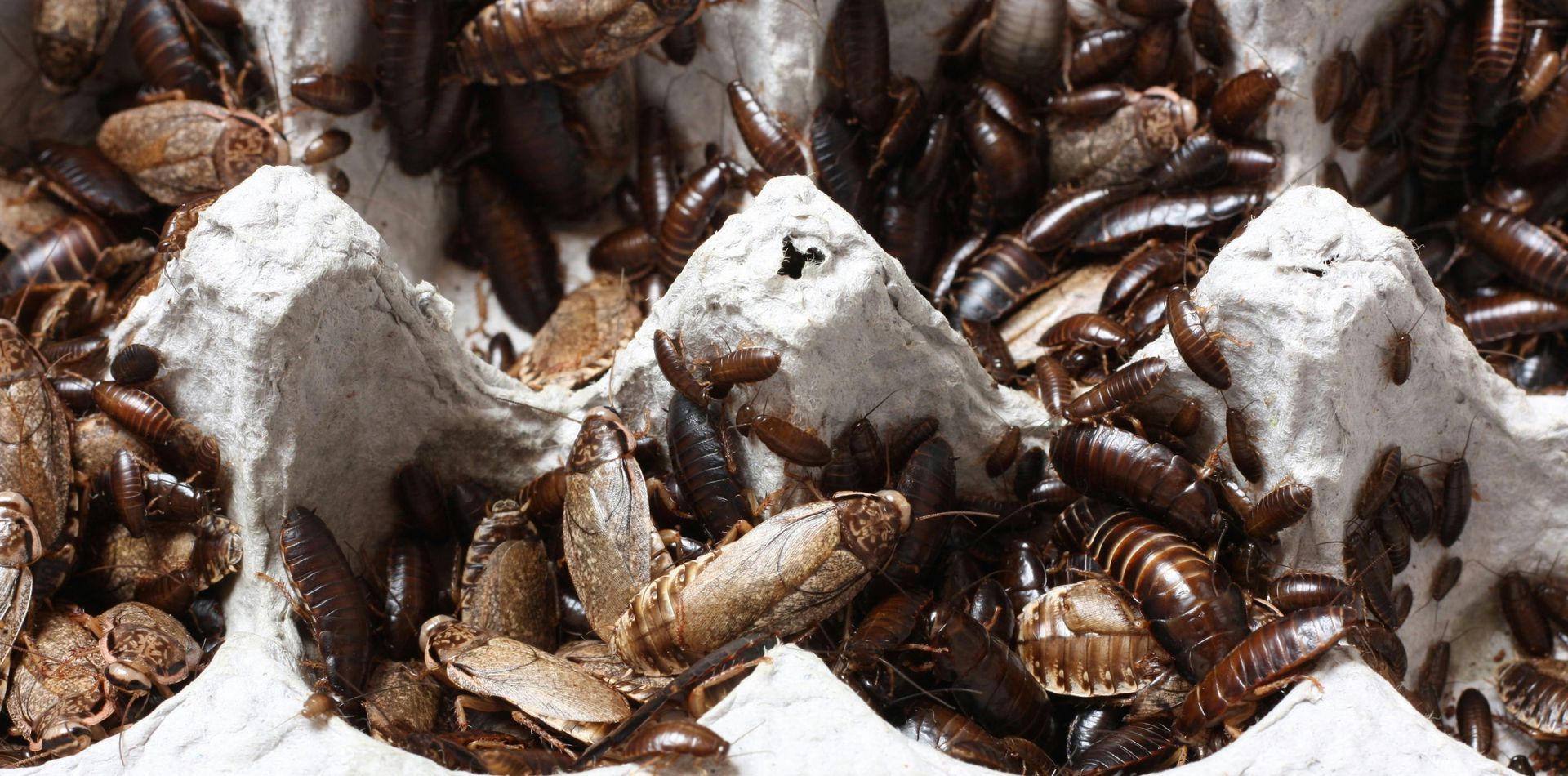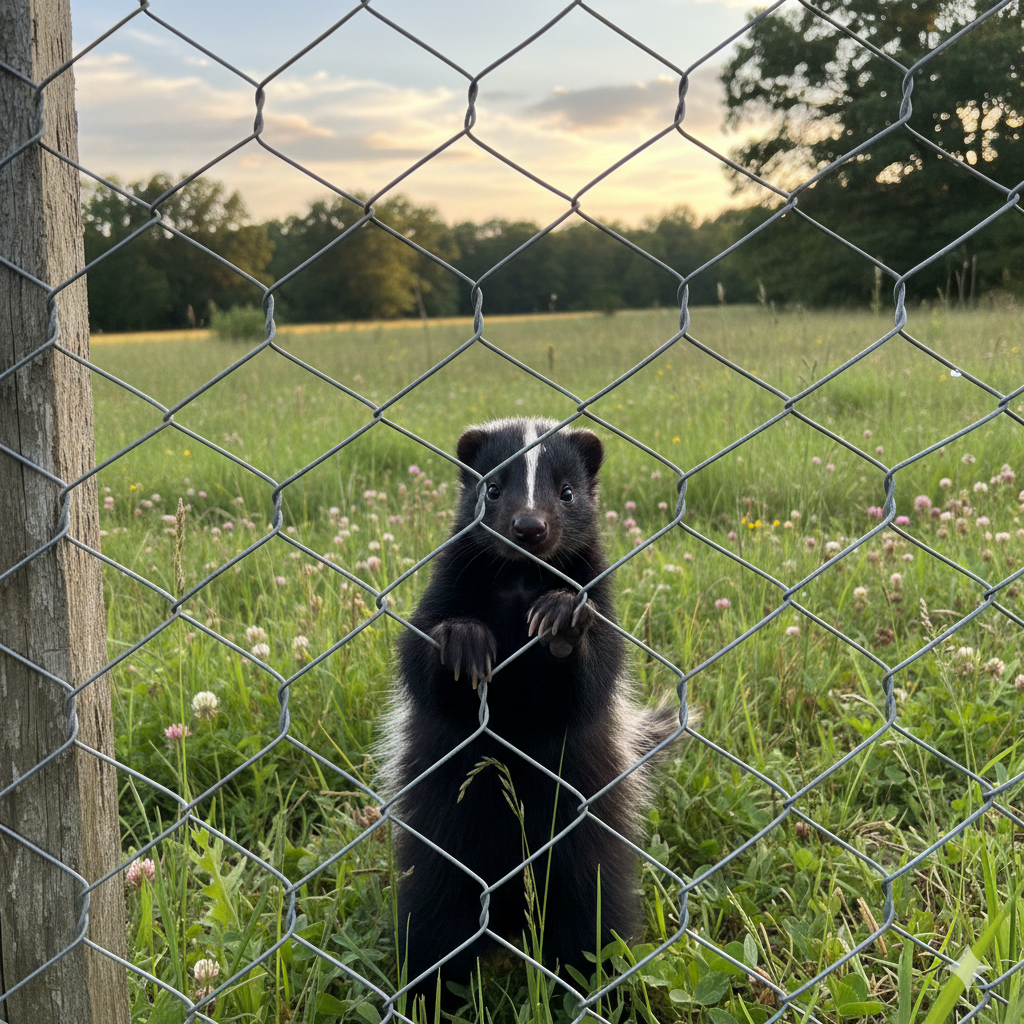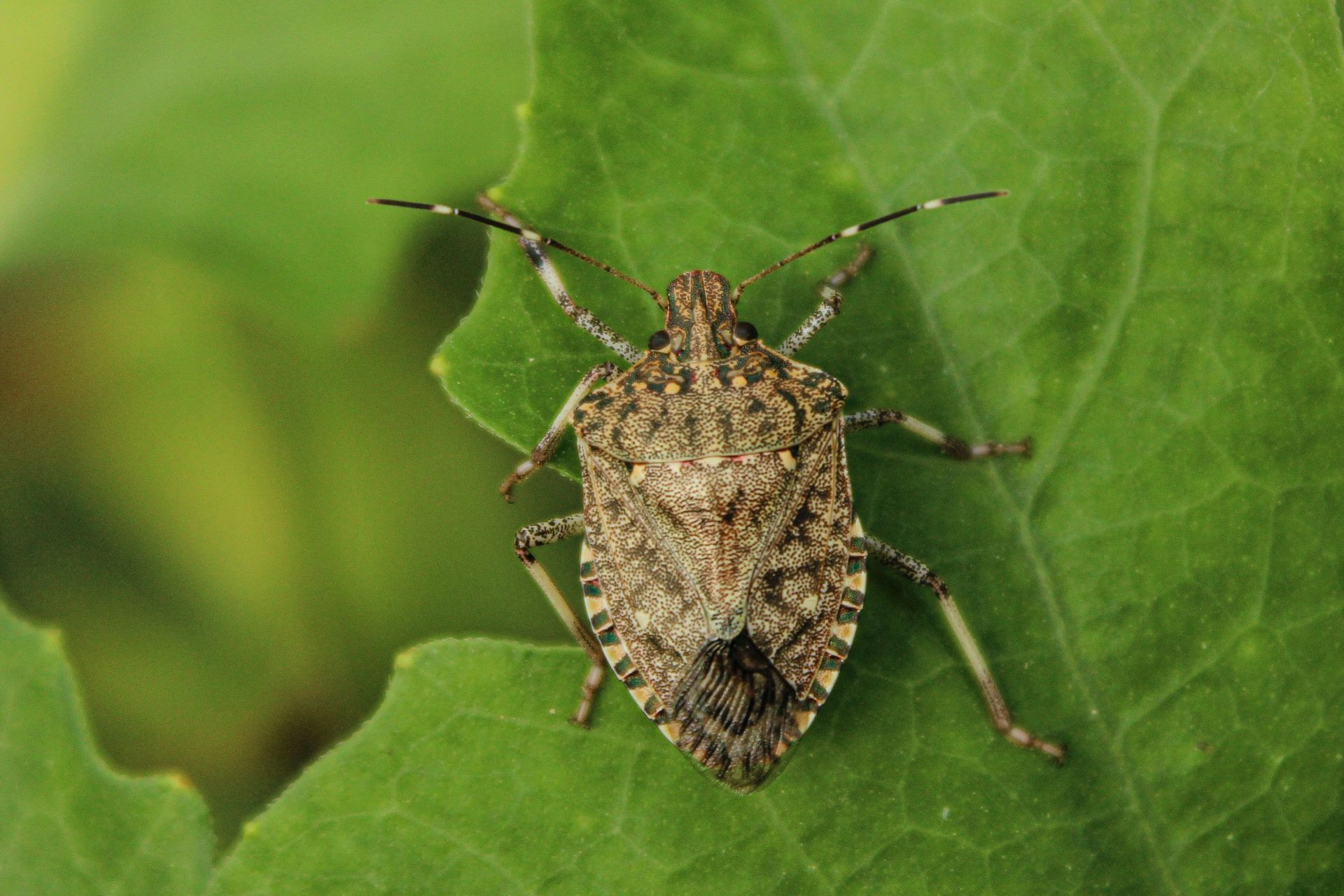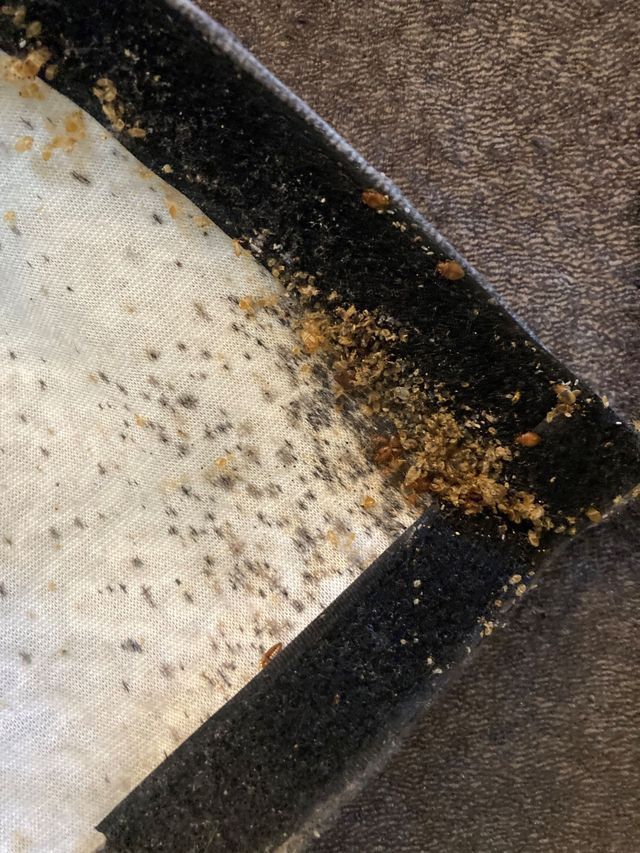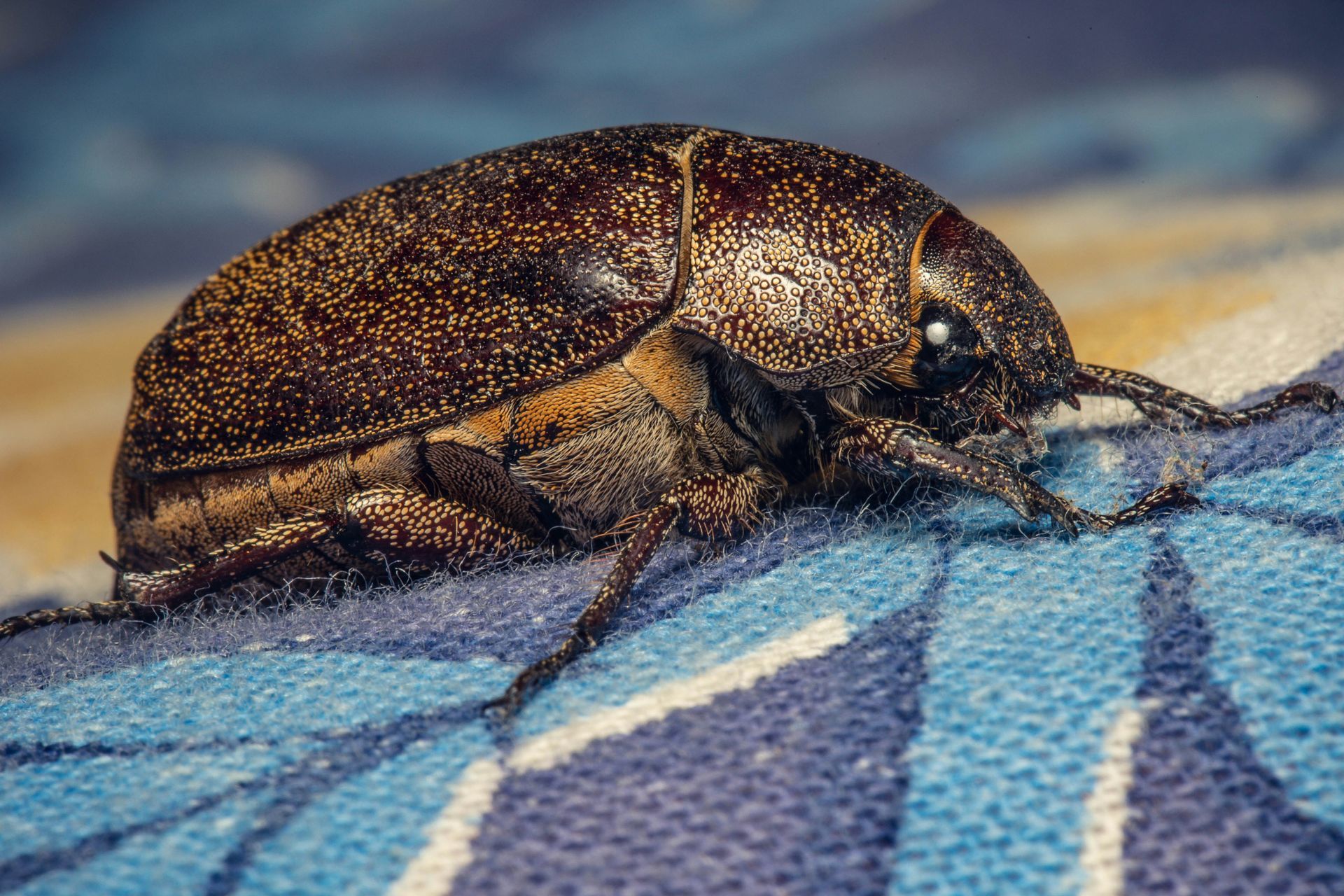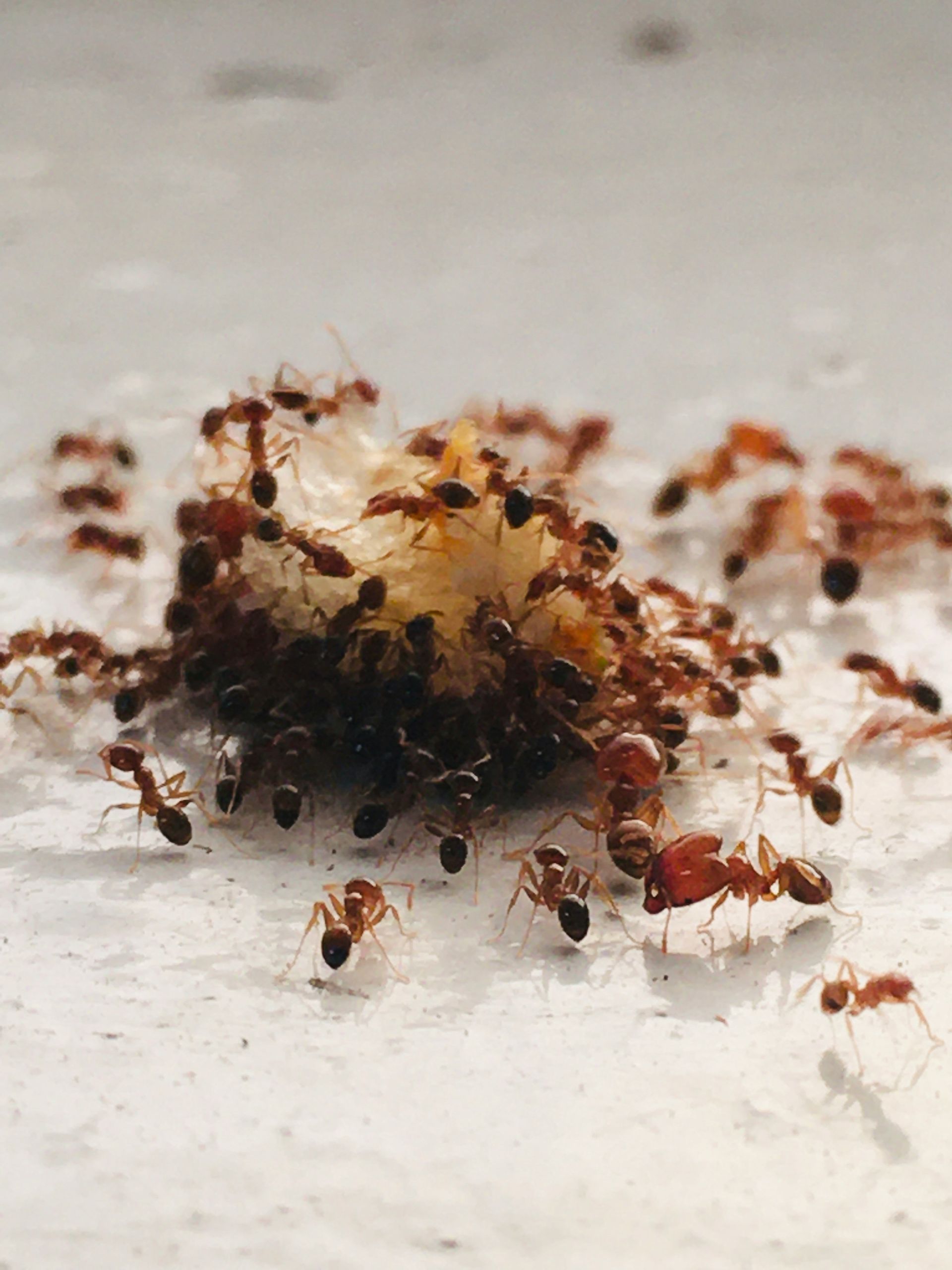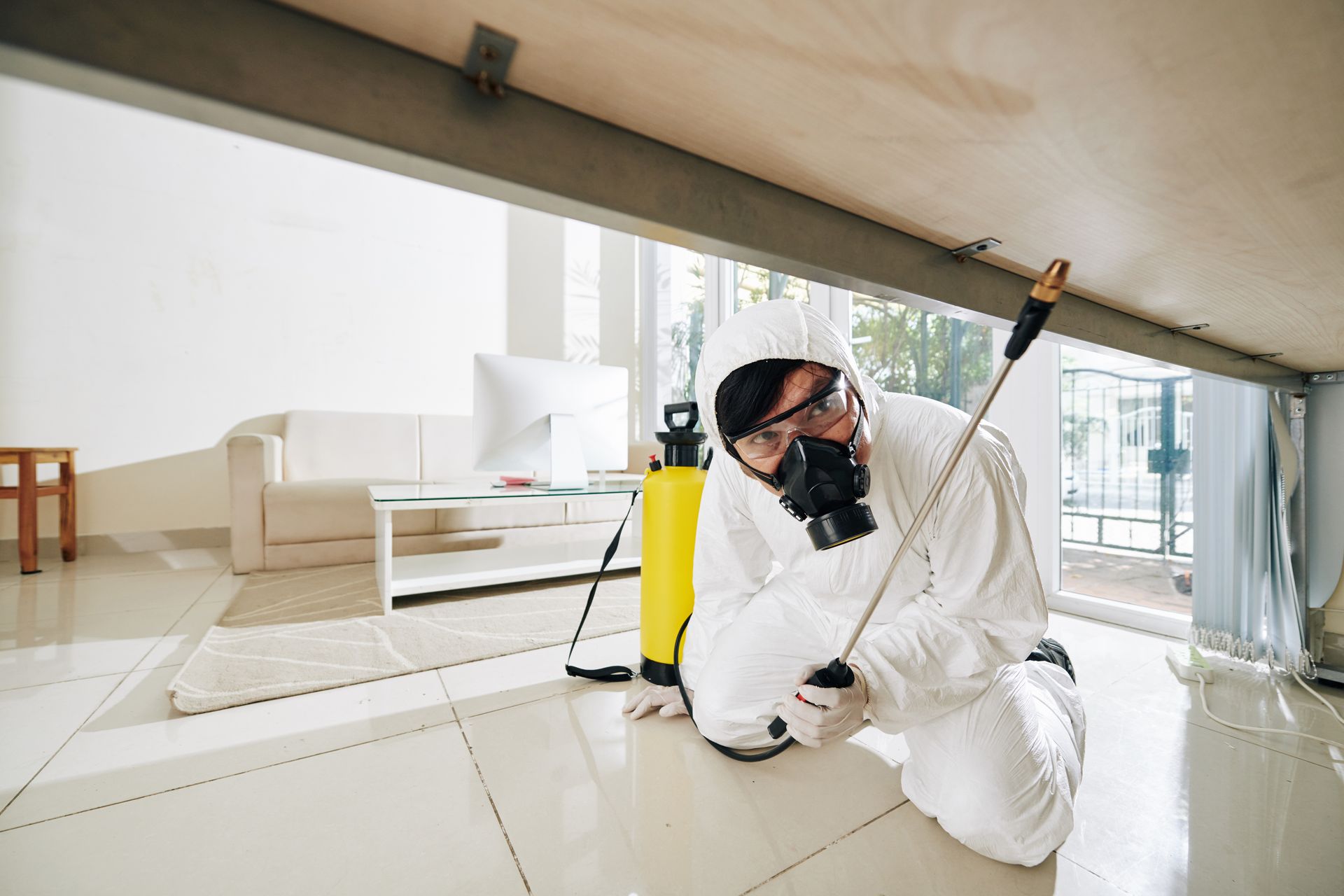The Life Cycle of Termites and Why It Matters for Your Home
Termites are silent destroyers. These small insects may go unnoticed for years while causing major structural damage to homes. Understanding the life cycle of termites helps homeowners identify signs of an infestation early, know when their homes are most at risk, and take preventative measures via termite control. From eggs to mature colonies, each stage of a termite’s life plays a critical role in how infestations develop and spread.
Key Takeaways
- Termites have a complex life cycle that includes egg, nymph, and adult stages.
- Colonies have different castes: workers, soldiers, and reproductives.
- The queen can lay thousands of eggs per year, growing colonies quickly.
- Swarming typically occurs in spring or summer and signals a mature colony.
- Early detection of termite activity can reduce damage and treatment costs.
- Prevention and regular inspections are key to protecting your home.
The Termite Life Cycle: An Overview
The termite life cycle begins with the egg and progresses through several stages depending on caste and environmental conditions. Unlike insects with complete metamorphosis, termites go through gradual metamorphosis, meaning their young look similar to adults but smaller and less developed.
Stages of the Termite Life Cycle
- Egg: Laid by the queen deep within the colony, these are tiny and white.
- Nymph: The immature form that molts multiple times. Nymphs can develop into different castes based on colony needs.
- Adult: Fully developed termites become either workers, soldiers, or reproductive alates (winged termites).
Caste System: Roles Within the Colony
Termites are social insects with a defined caste system:
- Workers: These make up the majority of the colony and are responsible for foraging, feeding other termites, and maintaining tunnels.
- Soldiers: Their job is to protect the colony, particularly from ant invasions.
- Reproductives: These include the king, queen, and alates (future kings and queens).
The Queen’s Role and Reproduction
At the center of any termite colony is the queen. Her primary role is reproduction. A single queen can lay thousands of eggs each year, and some species can live for over a decade.
- Lifespan: 10+ years depending on species
- Egg laying rate: Hundreds to thousands of eggs annually
- Nest location: Deep underground or within wood structures
The king remains near the queen and assists in reproduction. As the colony matures, it begins producing alates.
Swarming and Colony Expansion
Swarming is one of the most visible signs of a termite infestation. It occurs when reproductive termites leave the nest to form new colonies. These swarms typically happen once a year during warmer, humid months. So if things get bad, contact an emergency pest control company immediately.
What Homeowners Should Know:
- Timing: Often in spring or after rain
- Appearance: Winged termites resemble flying ants but have equal-length wings
- Significance: Swarming indoors often indicates a mature colony nearby
After swarming, alates shed their wings and pair off to start new colonies. If they find a suitable spot with moisture and food, they begin nesting immediately.
How the Life Cycle Impacts Your Home
Every stage of the termite life cycle can pose a threat to your home. Workers do the actual damage, chewing through wood and compromising structural integrity. Swarming may suggest there is already an active infestation.
Signs of Infestation:
- Discarded wings on window sills
- Mud tubes along walls or foundations
- Hollow-sounding wood or blistered paint
- Piles of termite droppings (frass)
If you notice any of these signs, a professional inspection is recommended.
Preventative Measures
Knowing the termite life cycle helps with timing inspections and treatments. Since swarming often occurs in spring, this is an ideal time to inspect or re-treat your home if needed.
Tips for Homeowners:
- Schedule yearly professional inspections
- Keep woodpiles and mulch away from the foundation
- Repair leaking faucets and eliminate standing water
- Seal cracks in foundation and around utility lines
- Use treated wood for construction and landscaping
Termite Life Cycle at a Glance
| Stage | Description | Threat to Home |
|---|---|---|
| Egg | Laid by the queen, small and white | None |
| Nymph | Immature termite, molts to change caste | Low (not yet active) |
| Worker | Feeds colony, builds tunnels | High (causes damage) |
| Soldier | Defends the colony | None |
| Alate | Winged reproductive that starts new colonies | High (signals infestation) |
| Queen/King | Reproduce and expand the colony | Indirect (sustain colony) |
Frequently Asked Questions
How long does it take for a termite colony to mature?
It typically takes 2 to 4 years for a colony to mature enough to produce swarmers. During this time, the number of workers increases, and damage becomes more noticeable.
What should I do if I see a termite swarm?
Do not panic. Collect a few specimens for identification and contact a pest control professional immediately for an inspection.
Are termite eggs visible to the naked eye?
Termite eggs are very small and hard to see without magnification. They are usually hidden deep within the nest and rarely visible to homeowners.
Can I treat termites myself?
While some DIY methods exist, termites are difficult to eliminate completely without professional help. Improper treatment can allow the infestation to continue undetected.
How can I tell the difference between flying ants and termites?
Describe the item or answer the question so that site visitors who are interested get more information. You can emphasize this text with bullets, italics or bold, and add links.
Final Thoughts
The life cycle of termites reveals how fast and silently they can turn from a small colony to a major threat. By learning how termites grow, reproduce, and spread, homeowners can take the necessary steps to protect their homes. Regular inspections, moisture control, and swift action when signs are noticed are key components of termite prevention.



